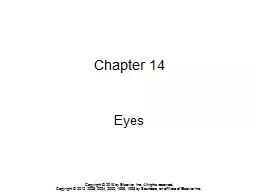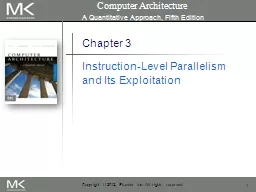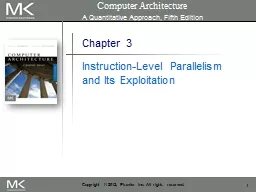PPT-Chapter 14 Eyes Copyright © 2016 by Elsevier, Inc. All rights reserved.
Author : crunchingsubway | Published Date : 2020-06-15
Copyright 2012 2008 2004 2000 1996 1993 by Saunders an affiliate of Elsevier Inc External Anatomy Bony orbital cavity surrounded by cushion of fat protects eye
Presentation Embed Code
Download Presentation
Download Presentation The PPT/PDF document "Chapter 14 Eyes Copyright © 2016 by Els..." is the property of its rightful owner. Permission is granted to download and print the materials on this website for personal, non-commercial use only, and to display it on your personal computer provided you do not modify the materials and that you retain all copyright notices contained in the materials. By downloading content from our website, you accept the terms of this agreement.
Chapter 14 Eyes Copyright © 2016 by Elsevier, Inc. All rights reserved.: Transcript
Download Rules Of Document
"Chapter 14 Eyes Copyright © 2016 by Elsevier, Inc. All rights reserved."The content belongs to its owner. You may download and print it for personal use, without modification, and keep all copyright notices. By downloading, you agree to these terms.
Related Documents














